My only consolation, at this moment, is that it's one hour later where I live than it is right here and now. Since scaling back the number of days I'm on the road and, as a result, peeling away many layers of stress, I've learned to sleep eight hours a night, that is to say that I've learned to be woken by an alarm clock. But here, at ISTE, that's all out the window. I'm waking up at absurd hours … thinking!
 I am also obliged to (blame this on) recognize that of all of the learning opportunities I've attended and attended-to at ISTE13, the ones that have truly pushed my thinking have all been facilitated by Steve Hargadon.
I am also obliged to (blame this on) recognize that of all of the learning opportunities I've attended and attended-to at ISTE13, the ones that have truly pushed my thinking have all been facilitated by Steve Hargadon.
Steve is a forge!
The heat of the conversations he instigates and the amazing thinkers he interview for The Future of Education, soften the metal of some of my most valued visions and reshape them into ideas that are better … that excite me … that make it hard for me to sleep.
If we succeed in hacking education into something that is, once again, relevant, we will owe more to Steve Hargadon than we will ever know.

What's got me awake now and anxious to blog again? Well, it started with Hack Education on Saturday. The best conversations often cycle around to, “Now how do we sell this? How do we convince administrations, other teachers, our parents and communities to see and understand this new vision education – SCHOOL 2.0?”
During some of these conversations and the inner-conversations that happen in my own head, I was struck by the fact that our description of new schooling does not necessarily change the look of schools and classrooms in any way that inspires acceptance and commitment. It's all about the what and the how of our children's learning.
It is crucial that we understand this, because to convince others of our vision, we must have something to point to – something for others to look at.
So, what if we could point to Student 2.0? It's not a new phrase nor is it a new idea. Clay Burell (Beyond School) instigated or facilitated Student 2.0 years ago. It was evidently a blogging platform that several “students” used to voice their passions. I'll not share the URL here, because it has fallen into neglect and been grabbed by one of those domain hijackers.
Perhaps we should take this on. Perhaps, rather than trying to define the classroom and the school of the 21st century, we should be imagining and describing the student/learner of this post-industrial and change-fueled time.
- What will they talk about after school?
- How will they act after school?
- What will homework become to them?
- What products will they bring home or into their communities?
- In what ways might their personal passions be manifestly tied to their school?
- How might they excite their parents, neighbors and greater communities?
If we can answer these questions, recognizing that we don't all need to come to the same answers, then we can design the schools that inspire those students.
When communities can see these youngsters walk away of their schools without walking away from schooling, then we might be able to re-vision formal education for others.

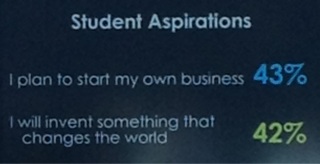 One set of numbers that I thought were especially telling described student aspirations — that 43% of students want to start their own business and 42% plan to invent something that changes the world. Is it the job of formal education to support our children in these aspirations, or indoctrinate them with the harsh reality that they will work for someone else, follow instructions and fit in. I suspect that a lot of the products in the exhibit are designed for the latter.
One set of numbers that I thought were especially telling described student aspirations — that 43% of students want to start their own business and 42% plan to invent something that changes the world. Is it the job of formal education to support our children in these aspirations, or indoctrinate them with the harsh reality that they will work for someone else, follow instructions and fit in. I suspect that a lot of the products in the exhibit are designed for the latter. 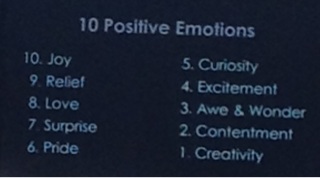 Another compelling part of the presentation was a listing of the 10 positive emotions that result from playing games. Although I am certain that there were many educators in the audience who needed to see that video games are not, necessarily, the root of all evi — I watched the keynote, wondering if Jane McGonigal was speaking to group of game designers, is this the presentation she would be giving? How playing games affects children is useful. But what would truly help me is understanding the mechanisms that evoke those emotions. How do games do it — and how might formal learning experiences pull those same triggers.
Another compelling part of the presentation was a listing of the 10 positive emotions that result from playing games. Although I am certain that there were many educators in the audience who needed to see that video games are not, necessarily, the root of all evi — I watched the keynote, wondering if Jane McGonigal was speaking to group of game designers, is this the presentation she would be giving? How playing games affects children is useful. But what would truly help me is understanding the mechanisms that evoke those emotions. How do games do it — and how might formal learning experiences pull those same triggers. 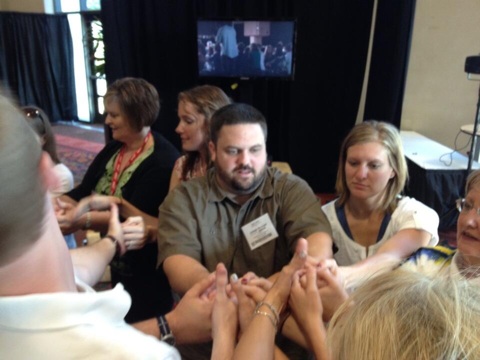

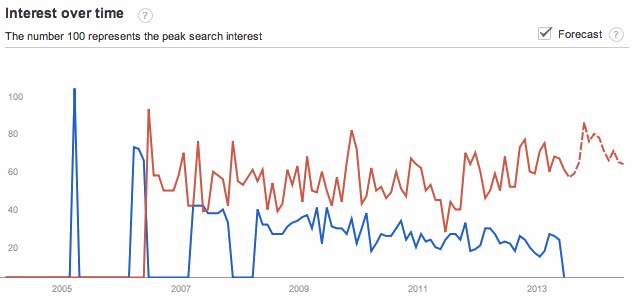
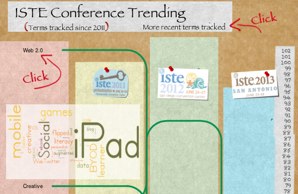

 This blog post is going to be in two installments. This first one is my opportunity to share my gear, but also to promote
This blog post is going to be in two installments. This first one is my opportunity to share my gear, but also to promote 
 Everyone is posting their dress and packing tips for the coming International Society for Technology Education conference – ISTE13. So I, as a professional conference go’er, thought I would contribute ten more tips for ISTE in Texas.
Everyone is posting their dress and packing tips for the coming International Society for Technology Education conference – ISTE13. So I, as a professional conference go’er, thought I would contribute ten more tips for ISTE in Texas.
![10 most spoken languages [INFOGRAPHIC]](http://davidwarlick.com/graphicaday/wp-content/uploads021152/2013/06/aya-padron-world-languages-infographic-matador-SEO-150x150.jpg)